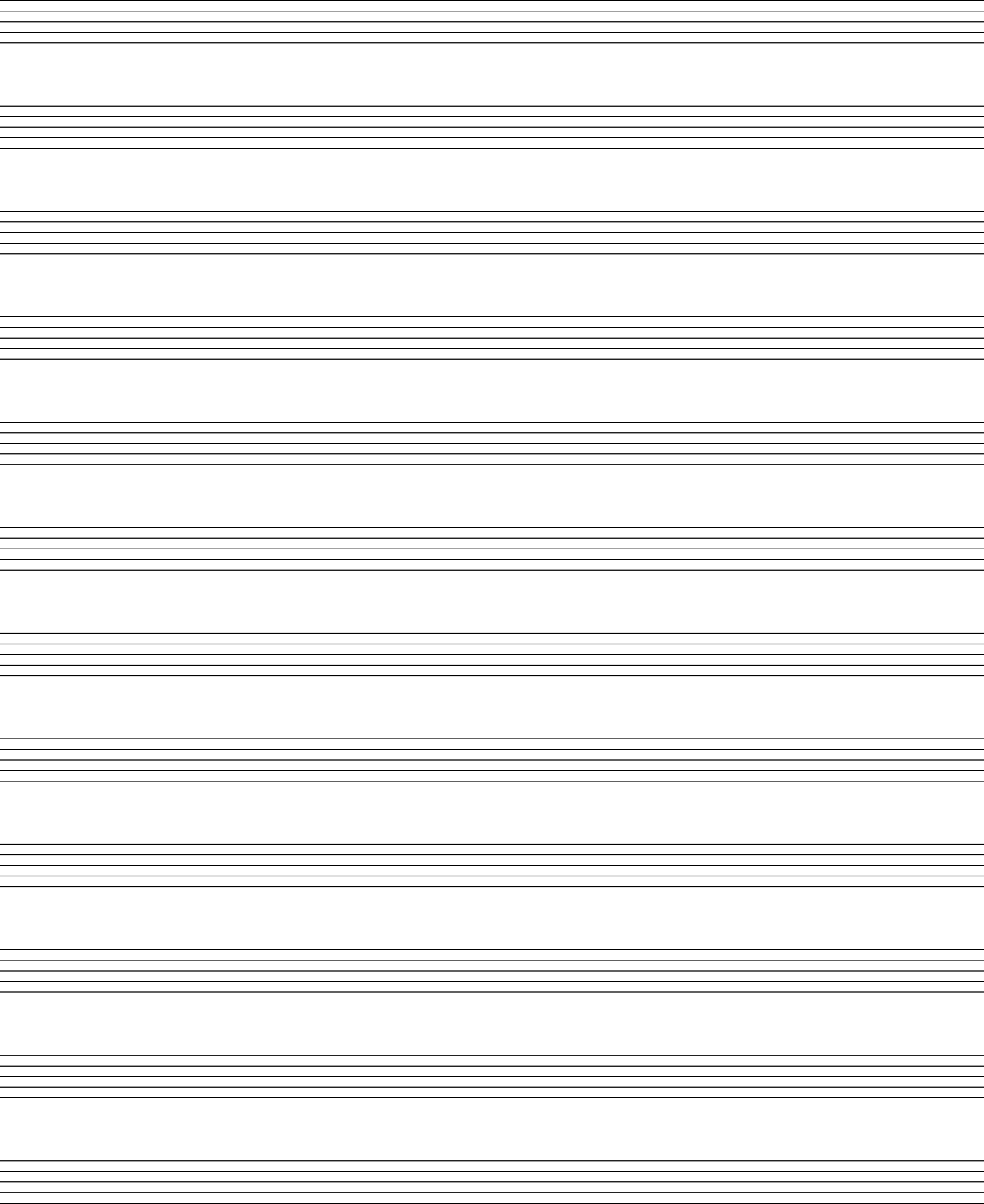

You must take this into account, or they may be illegible to readers (Figure 6).įinally, you must pay attention to the use of decimals, lines, etc. Sometimes, fonts are too small for the journal. However, when there is no connection between samples or there is not a gradient, you must use histograms (Figure 5).
MANUSCRIPT PAPER SERIES
Lines joining data only can be used when presenting time series or consecutive samples data (e.g., in a transect from coast to offshore in Figure 5). For many journals, you can submit duplicate figures: one in color for the online version of the journal and pdfs, and another in black and white for the hardcopy journal (Figure 4).Īnother common problem is the misuse of lines and histograms. Of course, this does not apply to online journals. If different line styles can clarify the meaning, never use colors or other thrilling effects or you will be charged with expensive fees. In photographs and figures, use color only when necessary when submitting to a print publication.
MANUSCRIPT PAPER PROFESSIONAL
If you are using photographs, each must have a scale marker, or scale bar, of professional quality in one corner. You can include them as supplementary material. Never include long boring tables (e.g., chemical compositions of emulsion systems or lists of species and abundances).Include clear symbols and data sets that are easy to distinguish.Think about appropriate axis label size.Avoid crowded plots (Figure 3), using only three or four data sets per figure use well-selected scales.

When presenting your tables and figures, appearances count! To this end: Whatever your choice is, no illustrations should duplicate the information described elsewhere in the manuscript.Īnother important factor: figure and table legends must be self-explanatory (Figure 2). How do you decide between presenting your data as tables or figures? Generally, tables give the actual experimental results, while figures are often used for comparisons of experimental results with those of previous works, or with calculated/theoretical values (Figure 1). Your data are the driving force of the paper, so your illustrations are critical!

Remember that "a figure is worth a thousand words." Hence, illustrations, including figures and tables, are the most efficient way to present your results.


 0 kommentar(er)
0 kommentar(er)
